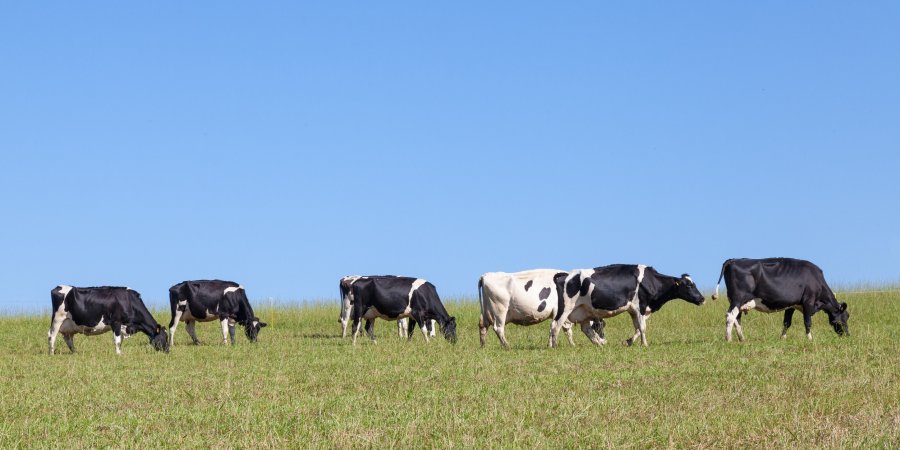
A new AI-powered tool has the potential to revolutionise cow lameness detection and treatment in the UK, according to researchers.
The Hoof Monitor initiative is developing an AI-powered thermal imaging tool capable of identifying lameness at its earliest stage, allowing speedier intervention.
The device could help improve cow welfare, reduce lameness-related economic losses and contribute to more environmentally sustainable milk production.
Current methods for monitoring lameness include mobility scoring, accelerometer-based precision technology and camera and AI-based visual gait analysis.
Hoof Monitor is unique in using thermal indicators of lameness. The tool detects changes in temperature in individual legs and feet, enabling treatment before the condition visibly affects the cow.
This helps reduce both the cost of treatment and production losses, according to project founder James Willcox, who runs Winson Agriculture.
As well as having serious welfare implications, lameness costs the dairy industry £53m annually, and is second only to mastitis in terms of its economic impact.
Mr Willcox said: "Beyond the immediate welfare and economic benefits of treating lameness sooner, Hoof Monitor could contribute to a reduction in production inefficiencies and associated carbon emissions per litre of milk produced."
His firm Winson Agriculture has teamed up with Agri-EPI Centre and software company Rhyze Softworks to develop a proof-of-concept Hoof Monitor device, supported by a grant from Innovate UK.
Fitted to analyse cows’ legs and feet as they walk past, the prototype is currently being tested and developed with the 200-strong herd at Agri-EPI’s Southwest Dairy Development Centre in Somerset.
Agri-EPI’s head of dairy, Robert Morrison, said the product was unique in that it used thermal imaging in lameness detection in a way that, until now, had not been an affordable option on commercial farms.
He said: "This new approach enables us to detect increases in leg temperature, indicating increased blood flow - a clear sign of a problem in the cow’s foot - so that action can be taken earlier.
"As a robotic system working 24/7, it has the potential to make detecting and treating lameness much quicker than current methods, meaning its potential is impact very strong.”
The device will later be trialled on larger commercial farms.
